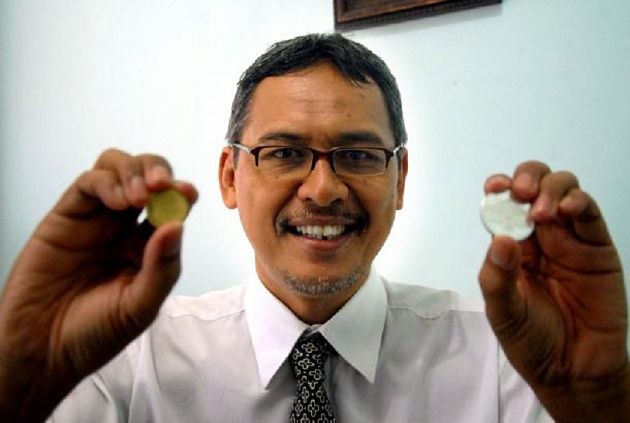Recently, an event took place that did not resonate in the global Islamic media because, at first glance, it seemed to have a local character. However, this news is a reason to think about the problem on a global Islamic scale.
In Depok, West Java, Indonesia, Za’im Saidi (pictured) was arrested. He is the creator and leader of a network of Islamic traders who used the Islamic gold dinar and silver dirham for commercial and monetary exchange instead of the country’s national currency (rupiah), which they introduced for this purpose. Now he faces up to 15 years in prison for violating Indonesia’s national currency law.
All of this is happening against the backdrop of the ongoing cryptocurrency boom in the world, as well as the steady rise in the price of gold over the past twenty years. In other words, as can be seen, those who invest in alternative currencies and gold are benefiting, and today there are many Muslim financiers among them.
However, few people know that even before it became a trend, there were Muslim enthusiasts for the revival of an Islamic monetary system based on these principles. In other words, when the currency is not mandatory for use in the country, issued and valued by the central (national) bank, tied to the US dollar, and what has been chosen by the participants of the turnover themselves are traditionally gold dinars, silver dirhams and fulus – money issued by trade associations.
This model interested many leaders of countries positioned as Islamic – from Khomeini to Erbakan and Mahathir, but none of them allowed its implementation by central banks. Only the ISIS group declared the introduction of the gold dinar into circulation, but it was more of a propaganda nature, as the real turnover still took place in dollars and national currencies of neighboring countries. It was only successfully implemented in the Malaysian state of Kelantan, where the local sultan supported the initiative, and in neighboring Indonesia, where Za’im Saidi was involved.
The initiative involved not only trading in dinars, dirhams, and fulus, but also collecting and distributing zakat in them, which, according to its proponents, meets Sharia requirements for the currency in which zakat is collected, as opposed to government currencies backed by Federal Reserve System assets.
For the development of this initiative in line with the times, the possibility of issuing their electronic equivalents tied to physical dinars and dirhams was also considered, which would allow payments to be made with them using cards and phones, as is done with cryptocurrencies. However, all of these initiatives failed to gain Ummah-level support, and now they have been dealt a blow in one of the few countries where they were embraced by local enthusiasts.
Meanwhile, Muslim financiers are actively using the achievements of Western innovators who have managed to implement and spread alternative monetary systems through states. An instructive and sad story…

